Expansion of Healthcare Sector
The Dosimeter Market is poised for growth due to the expansion of the healthcare sector, particularly in diagnostic imaging and radiation therapy. As the number of diagnostic imaging procedures increases, the need for accurate radiation monitoring becomes paramount. Hospitals and clinics are increasingly adopting dosimeters to ensure patient and staff safety during procedures involving ionizing radiation. The healthcare sector is projected to account for a significant share of the dosimeter market, with an estimated growth rate of 8% annually. This expansion not only highlights the critical role of dosimetry in healthcare but also presents opportunities for manufacturers to innovate and cater to the specific needs of this sector within the Dosimeter Market.
Increased Regulatory Compliance
The Dosimeter Market is significantly influenced by heightened regulatory compliance across various sectors. Governments and regulatory bodies are implementing stringent guidelines to ensure the safety of workers exposed to radiation. This regulatory landscape compels organizations to invest in reliable dosimetry solutions to monitor radiation exposure effectively. For example, the International Atomic Energy Agency (IAEA) has established protocols that necessitate the use of dosimeters in nuclear facilities. As a result, the demand for dosimeters is expected to rise, with the market projected to reach USD 1.2 billion by 2026. Companies that prioritize compliance with these regulations are likely to gain a competitive edge, further propelling growth within the Dosimeter Market.
Rising Awareness of Occupational Safety
The Dosimeter Market is benefiting from a growing awareness of occupational safety among employers and employees alike. As industries such as healthcare, construction, and nuclear power recognize the importance of monitoring radiation exposure, the demand for dosimeters is on the rise. This awareness is further fueled by educational initiatives and training programs that emphasize the risks associated with radiation exposure. According to recent studies, approximately 30% of workers in high-risk environments are now equipped with personal dosimeters, a figure that is expected to increase. This trend not only enhances workplace safety but also drives innovation within the Dosimeter Market, as manufacturers strive to develop more effective and user-friendly products.
Emerging Markets and Increased Investment
The Dosimeter Market is witnessing growth driven by emerging markets and increased investment in radiation safety technologies. Countries in Asia and Latin America are ramping up their infrastructure and healthcare capabilities, leading to a higher demand for dosimetry solutions. As these regions develop their nuclear energy sectors and healthcare systems, the need for effective radiation monitoring becomes essential. Investment in research and development is also on the rise, with companies focusing on creating advanced dosimetry products tailored to the unique needs of these markets. This trend suggests a promising future for the Dosimeter Market, as it adapts to the evolving landscape of radiation safety and monitoring.
Technological Advancements in Dosimeter Market
The Dosimeter Market is experiencing a notable transformation due to rapid technological advancements. Innovations in dosimeter design, such as the integration of digital technology and wireless communication, enhance the accuracy and efficiency of radiation measurement. For instance, smart dosimeters that provide real-time data and alerts are becoming increasingly prevalent. This shift not only improves safety protocols but also aligns with the growing demand for precise monitoring in various sectors, including healthcare and nuclear energy. The market is projected to grow at a compound annual growth rate of approximately 7.5% over the next five years, driven by these technological enhancements. As organizations seek to adopt more sophisticated monitoring solutions, the Dosimeter Market is likely to witness a surge in demand for advanced dosimetry solutions.

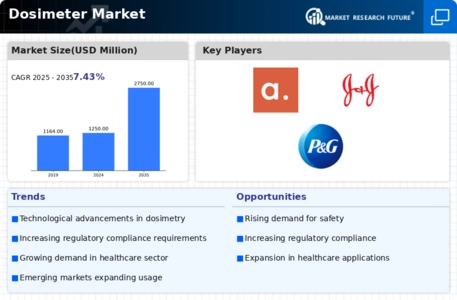
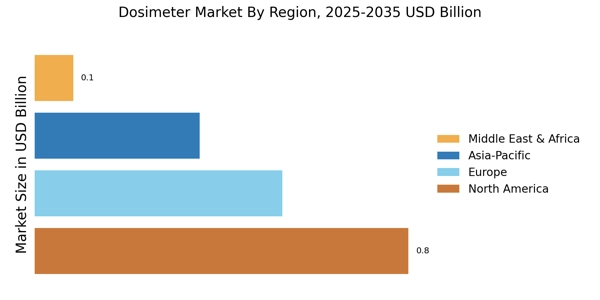
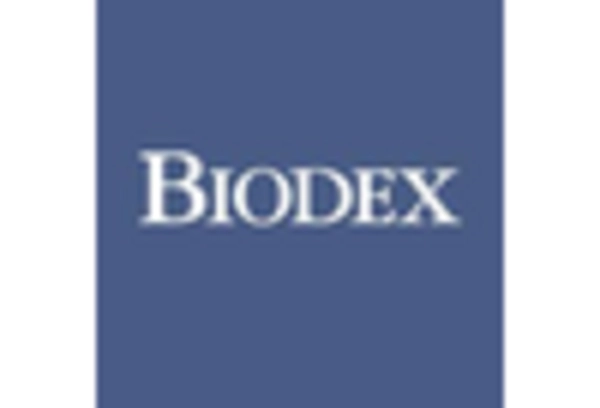
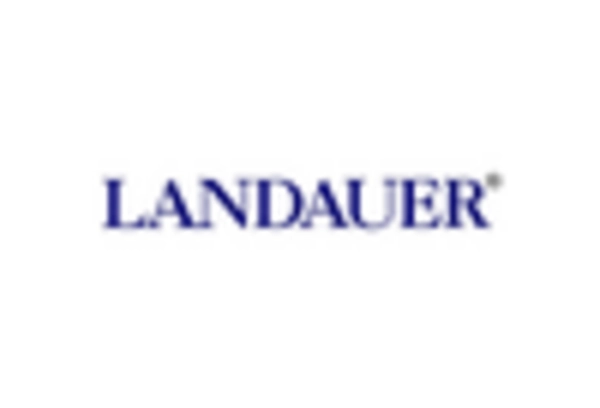
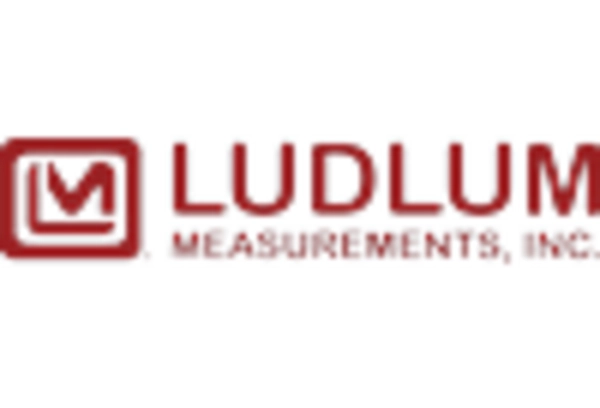
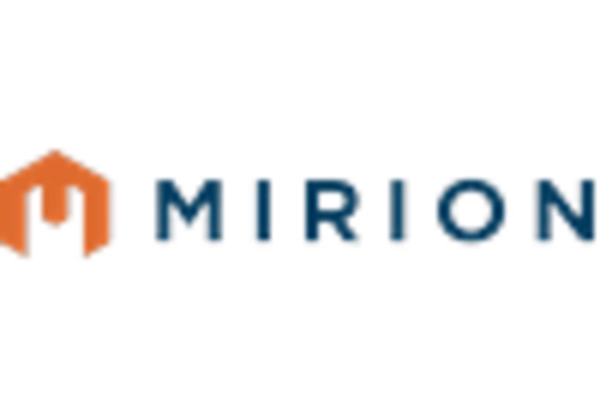
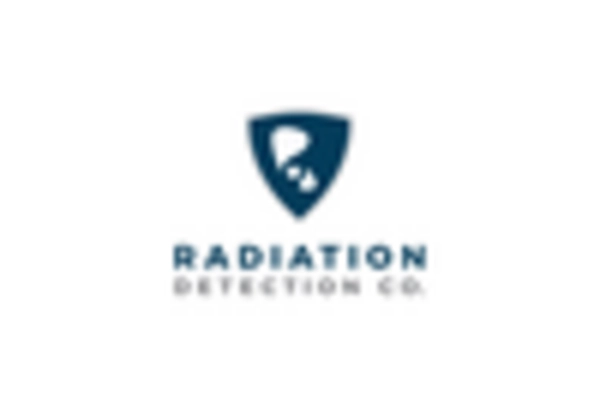
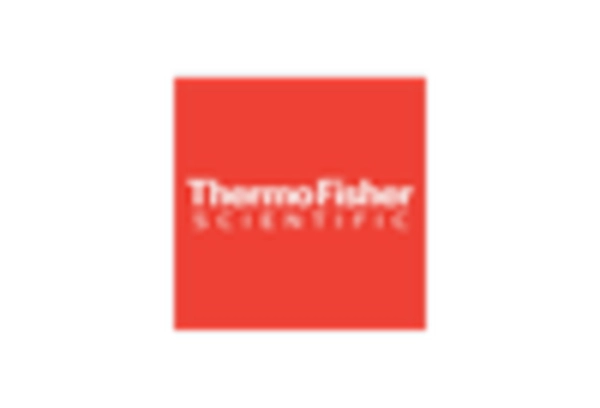








Leave a Comment